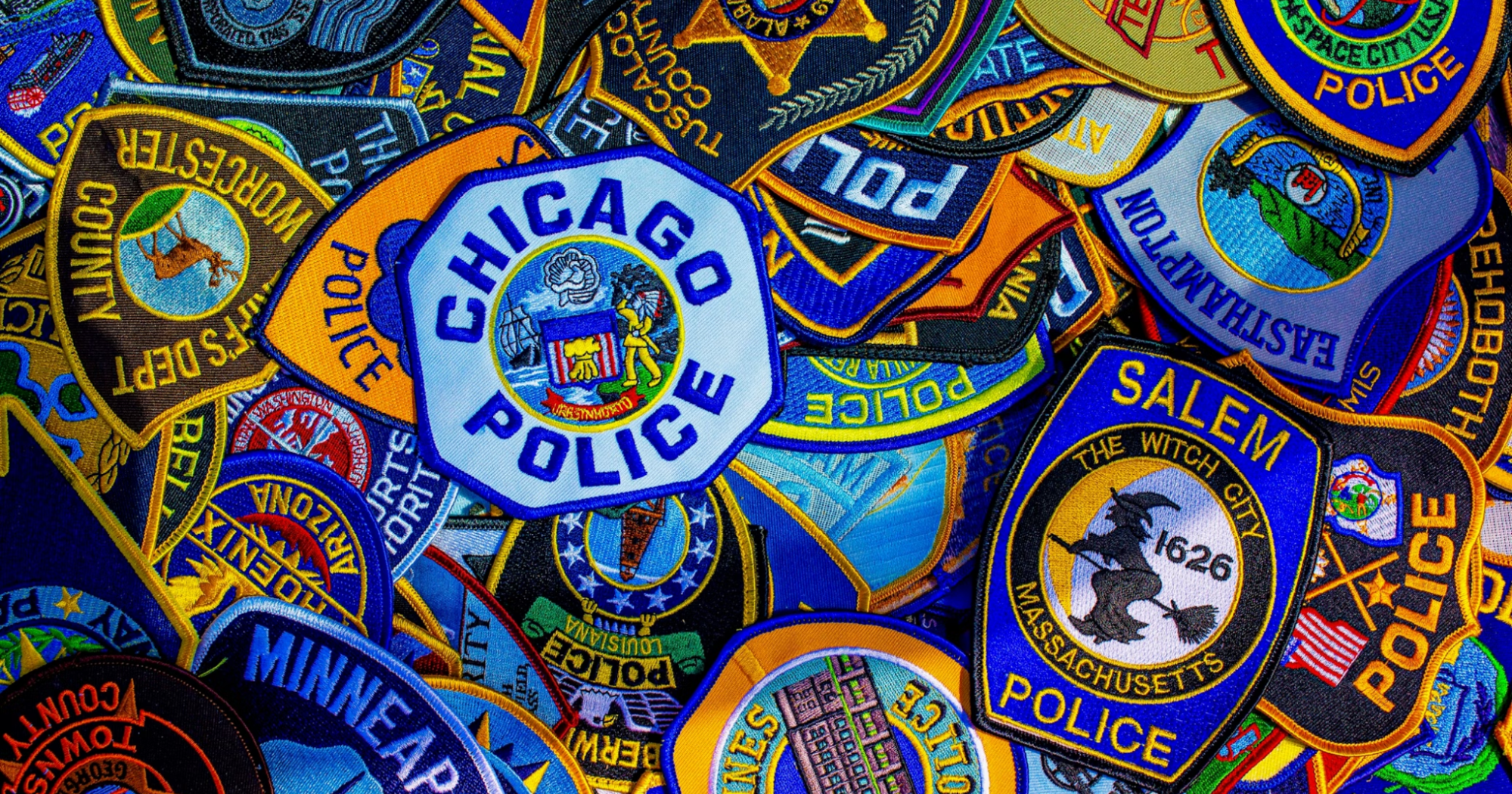5.1 Chapter Overview and Learning Objectives

Overview
In this chapter, we will focus on the history and evolution of policing in the United States, particularly as it relates to the policing of marginalized communities. You will learn how police discretion, training, and culture can contribute to the unequal treatment of people of color in the United States. Specifically, we will look at the role of implicit bias in discretionary decision-making and how certain common police practices disproportionately impact people of color. We will also discuss the status of police-community relations and current events or issues of concern in American policing. Historical and contemporary examples will be highlighted to illustrate the issues discussed.
Learning Objectives
- Describe the origins and evolution of American policing, particularly as it relates to civil rights and justice.
- Describe how police – as individuals and an institution – contribute to the overrepresentation of people of color in the criminal justice system.
- Explain how police culture, training, and demographics influence the policing of marginalized communities.
- Examine current events, trends, and concerns in American policing, including excessive force, reform movements, and accountability.
Key Terms
- Bloody Sunday: March 7, 1965, when police and a citizen posse violently attacked civil rights protesters marching from Selma to Montgomery, Alabama.
- Broken windows policing: the police practice—based on broken windows theory—of focusing enforcement efforts on petty crimes that indicate disorder, with the assumption that this would reduce more violent crime.
- Consent decree: agreement between a court and a police agency or other involved party involving mandates, supervision, and enforcement by the court to make sure that the involved parties are following the plan to improve performance or correct identified wrongs.
- “Driving while Black”: a phrase used to describe the experiences of Black and Indigenous people of color who feel watched, harassed, and targeted by police, particularly when driving and being stopped for minor traffic violations.
- Police discretion: decision-making power that law enforcement officers possess for when and how to enforce the law.
- Police legitimacy: the degree to which society or a community views law enforcement as a legitimate and respected authority.
- “Post-Ferguson Policing”: a term often used to refer to the climate of modern American policing following the killing of Michael Brown in August of 2014; it is associated with a shift in focus after nationwide concerns over police brutality, racism, and training.
- Qualified immunity: a legal doctrine that protects government officials from constitutional rights violation lawsuits over actions taken during their work duties unless those actions violate “clearly established law.”
- Racial profiling: when police use race or ethnicity as a primary or sole factor when choosing to engage with or take enforcement action against someone.
- Slave patrols: groups of predominantly white men who would hunt down, punish, and return runaway Black people to their legal enslavers; developed in 1704 in South Carolina, these patrols became the first publicly funded police agencies in the Southern region of the United States.
- Stonewall riot: an uprising in the gay liberation movement on June 28, 1969, when police in New York City raided the Stonewall Inn and patrons fought back, leading to a six-day riot.
- Tokenism: the practice of including underrepresented groups on a symbolic level only, with no real effort made to integrate all of the members.
Licenses and Attributions for Chapter Overview and Learning Objectives
Open Content, Original
“Chapter Overview and Learning Objectives” by Jessica René Peterson is licensed under CC BY 4.0.
Open Content, Shared Previously
Figure 5.1. Image by Todd Kent is licensed under the Unsplash License.
decision-making power that law enforcement officers possess for when and how to enforce the law
a group’s shared practices, values, and beliefs.

